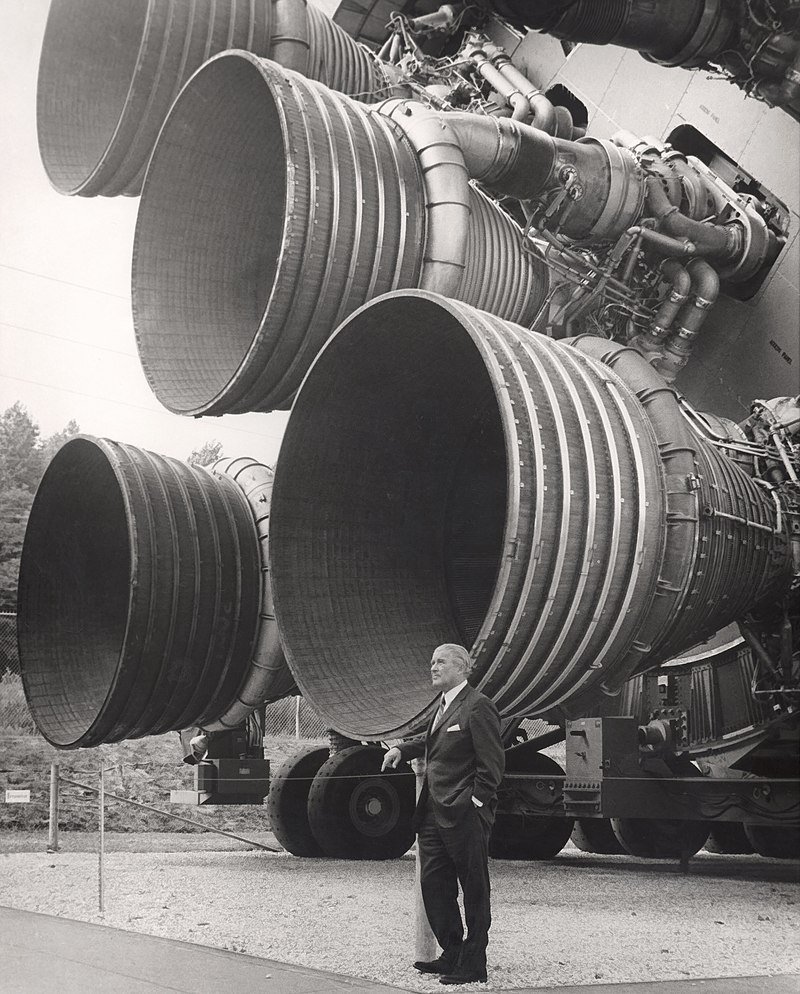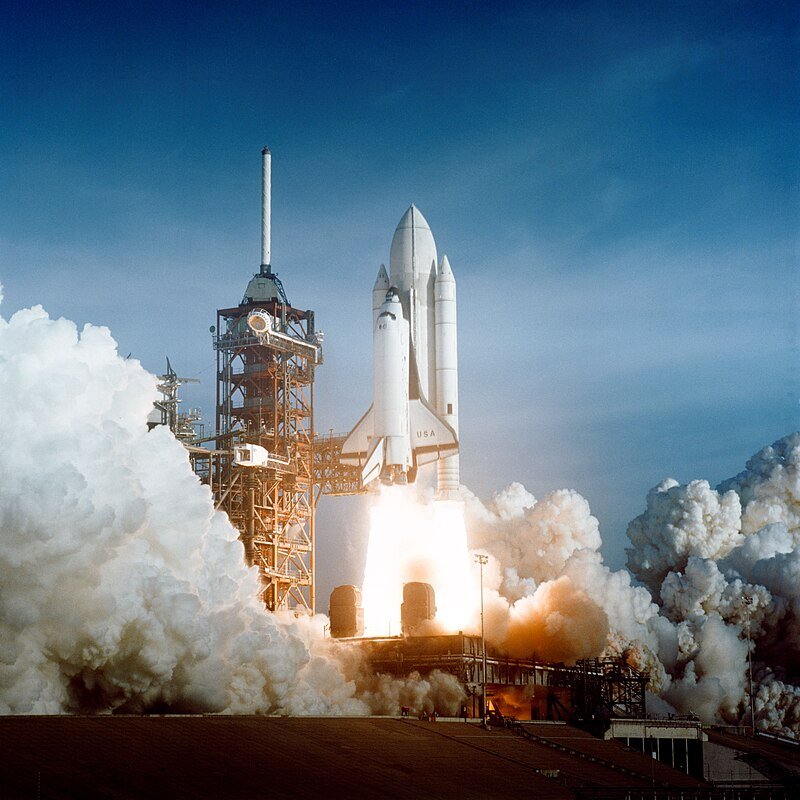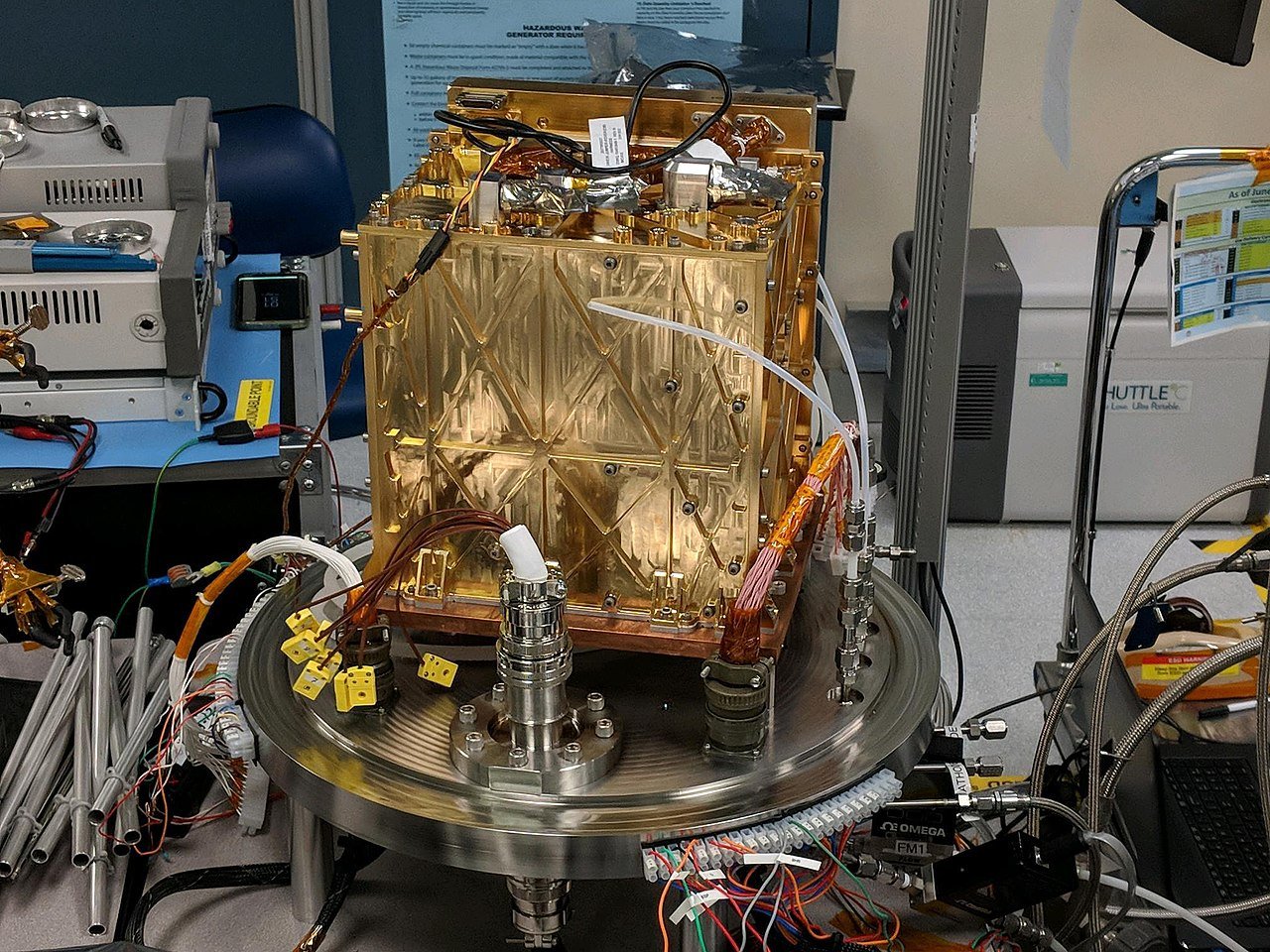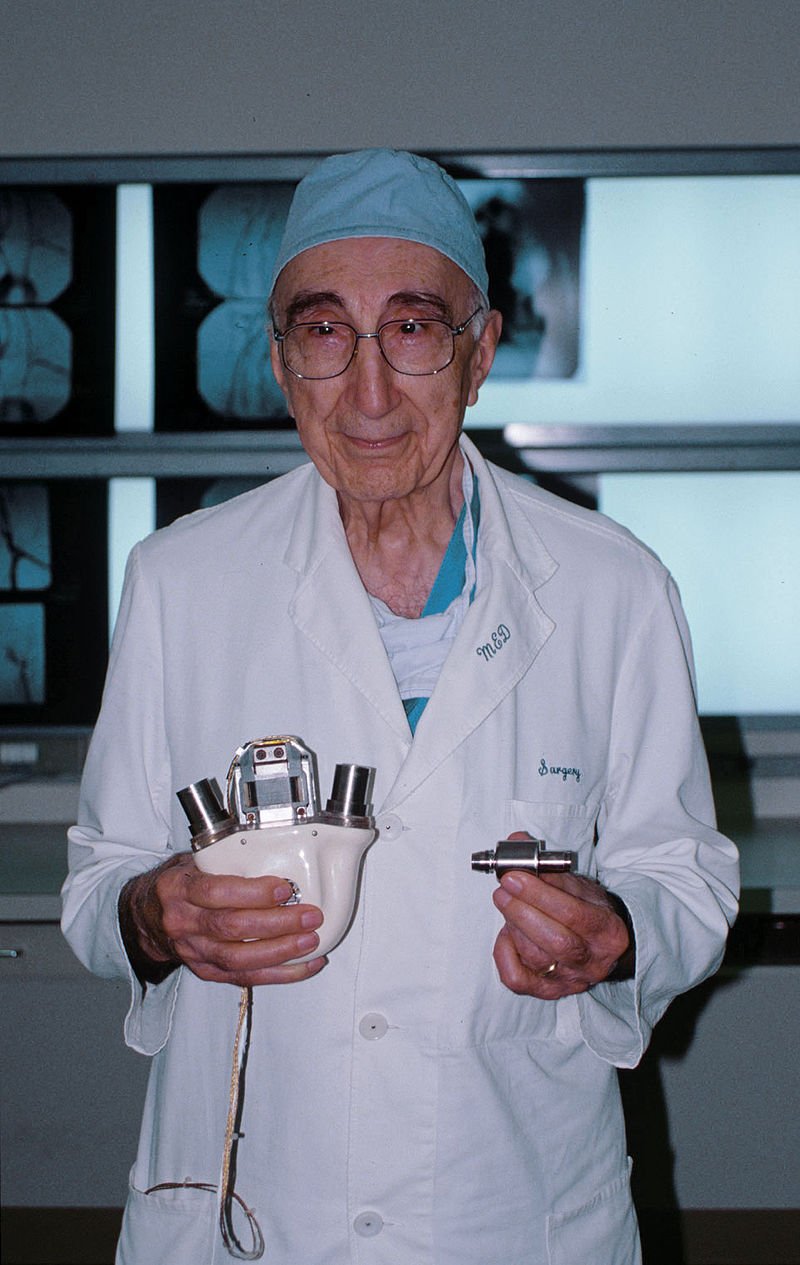| 1. Everyone Must Follow the Law | 3. Government Must Obey the Law |
| 2. Leaders Must Obey the Law | 4. No One Is Above the Law |

For More Info Click here
Home » Science and Technology
Science and technology in the United States has a long history, producing many important figures and developments in the field. The United States of America came into being around the Age of Enlightenment (1685 to 1815), an era in Western philosophy in which writers and thinkers, rejecting the perceived superstitions of the past, instead chose to emphasize the intellectual, scientific and cultural life, centered upon the 18th century, in which reason was advocated as the primary source for legitimacy and authority. Enlightenment philosophers envisioned a “republic of science,” where ideas would be exchanged freely and useful knowledge would improve the lot of all citizens.
The United States Constitution itself reflects the desire to encourage scientific creativity. It gives the United States Congress the power “to promote the progress of science and useful arts, by securing for limited times to authors and inventors the exclusive right to their respective writings and discoveries.” This clause formed the basis for the U.S. patent and copyright systems, whereby creators of original art and technology would get a government granted monopoly, which after a limited period would become free to all citizens, thereby enriching the public domain.



As tensions mounted in Europe preceding World War II, many scientists sought refuge in the United States, fearing persecution due to political or anti-Semitic sentiments. Notable figures like Albert Einstein and Enrico Fermi fled to America, where they made groundbreaking contributions to fields such as nuclear physics and atomic energy. Their efforts, combined with those of other European immigrants, bolstered the nation’s scientific prowess and played a crucial role in the Allied victory during World War II.
Following the war, the United States emerged as a global leader in science and technology, attracting talent from across the globe. Operation Paperclip, which recruited former Nazi scientists, and subsequent programs further enhanced America’s scientific capabilities. Figures like Wernher Von Braun, instrumental in the development of rocket technology, exemplified the nation’s commitment to scientific innovation.
Throughout the Cold War era, the United States continued to attract scientists and intellectuals, solidifying its position as a scientific powerhouse. Government investment in research and development, coupled with a favorable environment for scientific inquiry, further propelled the nation’s scientific leadership. The influx of foreign talent contributed to America’s dominance in Nobel Prizes in the sciences since the mid-20th century.
In conclusion, the United States’ welcoming stance towards immigrant scientists and its commitment to scientific advancement have played a pivotal role in shaping its scientific landscape and global influence. The nation’s ability to attract and harness talent from around the world has been a driving force behind its success in science and technology.













Visit here for more information on the groundbreaking innovations and discoveries that have propelled our nation forward. From the development of life-saving vaccines to the exploration of outer space, America’s contributions to science and technology are vast and inspiring. Join us in celebrating our rich history of innovation and discovery by delving deeper into the fascinating world of American scientific achievement.
Together, we can create a brighter future for all. Volunteer today and be part of the movement to save the USA.
© 2024 Save The USA